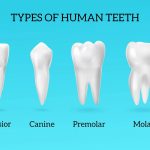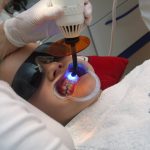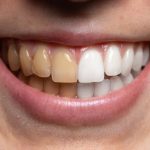3 Days After Wisdom Teeth Removal: Effective Ways to Reduce Swelling
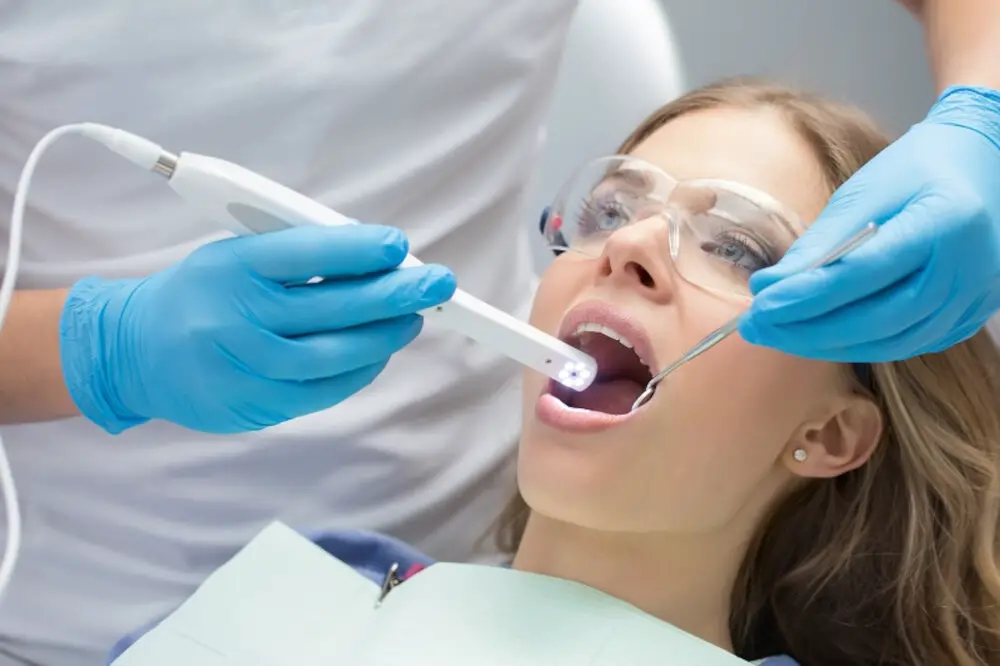
After undergoing wisdom teeth removal surgery, swelling is a common side effect that most patients experience. It occurs when the body reacts to the surgical trauma, causing inflammation and fluid accumulation in the affected area. Swelling can be uncomfortable and can even lead to pain and difficulty in eating or speaking. Therefore, taking necessary measures to reduce swelling is crucial to ensure a smooth recovery process. In this article, we will discuss some effective ways to reduce swelling three days after wisdom teeth removal. It is important to note that every patient’s recovery process may differ, and some may experience more swelling than others. However, following the right post-operative care instructions can significantly reduce swelling and promote healing. From applying ice packs to drinking plenty of fluids, there are several techniques that can help minimize swelling after wisdom teeth removal. In the following paragraphs, we will delve deeper into some of these techniques and their effectiveness.
Wisdom teeth removal is a common dental procedure where the third molars at the back of the mouth are extracted. These teeth often cause problems such as overcrowding, pain, and infection. Swelling is a common side effect of the procedure and occurs due to the trauma caused to the surrounding tissues during the extraction. When the tooth is removed, the body’s natural response is to send blood to the area to promote healing. This influx of blood causes swelling, which can last for several days. Swelling can also be exacerbated by factors such as smoking, poor oral hygiene, and certain medications. It is important to manage swelling after wisdom teeth removal to promote healing and reduce discomfort.
Reducing swelling is crucial for faster recovery after a wisdom teeth removal procedure. Swelling is a natural bodily response to trauma, but it can be uncomfortable and lead to longer recovery times. Swelling can also cause pain and discomfort, making it difficult to eat, speak, and sleep. By reducing swelling through methods such as ice packs and anti-inflammatory medications, patients can alleviate discomfort and promote healing. Additionally, reduced swelling can help prevent complications such as infection. Overall, minimizing swelling is an important step in promoting a speedy and successful recovery after wisdom teeth removal.
Cold Compresses
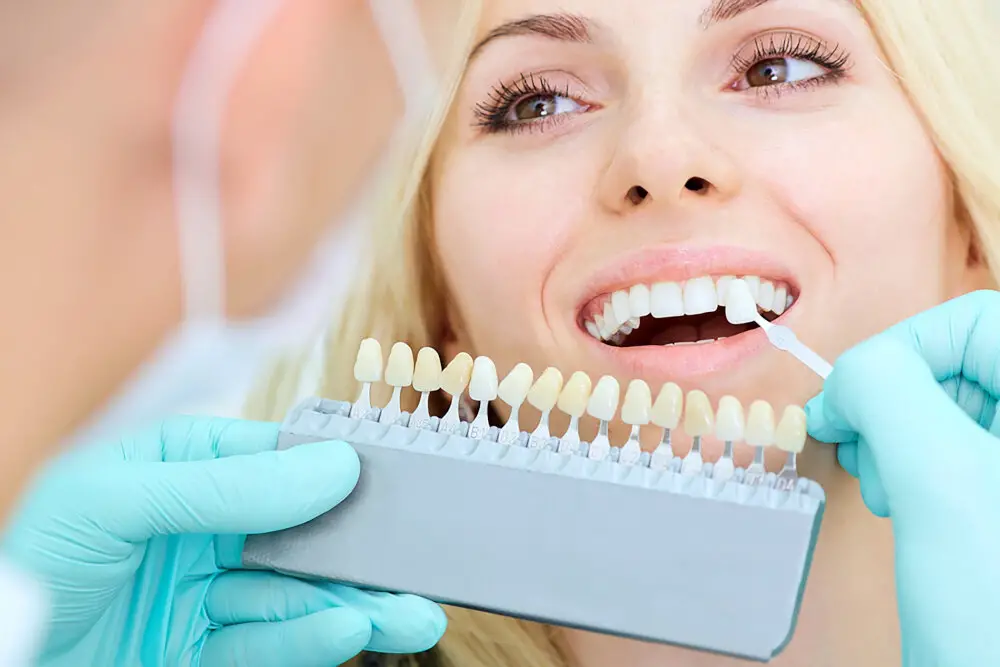
After a wisdom teeth removal procedure, many people may experience swelling in the face, particularly around the cheeks and jawline. One effective way to reduce swelling is through the use of cold compresses. Cold compresses work by constricting blood vessels and reducing blood flow to the affected area, which can help to decrease inflammation and swelling. To use a cold compress, wrap a bag of ice or a cold pack in a towel or cloth and apply it to the swollen area for 20 minutes at a time, with 20-minute breaks in between. It is important to avoid applying ice or a cold pack directly to the skin, as this can cause damage to the tissues. Instead, use a barrier such as a towel or cloth to protect the skin. Cold compresses can be used several times a day to help reduce swelling and discomfort after a wisdom teeth removal procedure.
Cold compresses are an effective way to reduce swelling after wisdom teeth removal. The application of cold temperature to the affected area causes vasoconstriction, which is the narrowing of blood vessels. This reduces blood flow to the area, which in turn reduces inflammation and swelling. Additionally, cold compresses can also numb the area, providing pain relief. It is important to note that cold compresses should not be applied directly to the skin, as this can cause damage. Instead, a cloth or towel should be used to protect the skin and the compress should be applied for 20 minutes at a time, with breaks in between.
A cold compress can be an effective way to reduce swelling after wisdom teeth removal. To properly use a cold compress, start by wrapping a few ice cubes in a towel or using a gel pack that has been stored in the freezer. Gently place the compress on the affected area for 15-20 minutes at a time, taking periodic breaks to avoid skin damage. Repeat this process every few hours for the first 48-72 hours after surgery, or as recommended by your dentist or oral surgeon. Be sure to follow proper hygiene practices, such as washing your hands thoroughly before handling the compress, and avoid placing it directly on the surgical site to prevent infection.
The frequency and duration of use of any remedy or technique plays a crucial role in reducing swelling after wisdom teeth removal. It is important to follow the prescribed frequency and duration of use for any medication, ice packs, or home remedies. Repeatedly using ice packs for too long can actually damage skin tissue and increase swelling, while not using them frequently enough may not provide enough relief. Similarly, overusing painkillers can have adverse effects on the body, while not taking them at regular intervals can lead to increased pain and discomfort. Therefore, it is essential to follow the recommended frequency and duration of use to ensure that the remedies are effective and safe.
Salt Water Rinse

One of the most effective ways to reduce swelling and prevent infection after wisdom teeth removal is by performing saltwater rinses. Saltwater rinses are a simple yet powerful way to keep the surgical site clean and free from harmful bacteria. The solution works by drawing out excess fluids and reducing inflammation, making it an excellent natural remedy for post-operative care. This method is also cost-effective and readily available, as salt is a common household item found in most kitchens. To prepare a saltwater rinse, dissolve one teaspoon of salt in a cup of warm water and swish it around your mouth for 30 seconds before spitting it out. You can repeat this process up to four times a day, especially after meals or before bedtime. Saltwater rinses not only reduce swelling and soreness but also promote healing by increasing blood flow to the surgical site. However, it is essential to avoid using mouthwash or commercial rinses for at least a week after surgery, as they may contain alcohol or other chemicals that can irritate the wound and delay healing.
Salt water rinse is a widely known practice to help reduce swelling and promote healing after wisdom teeth removal. The rinse consists of mixing warm water with salt, and then gently swishing it around your mouth for a few seconds. The salt in the solution helps to draw out any excess fluid, which can cause swelling and discomfort. Additionally, salt has antibacterial and anti-inflammatory properties, which help to prevent infections and reduce inflammation. The rinse also helps to keep the area clean by removing any debris or food particles that may be stuck in the surgical site. Overall, incorporating salt water rinse into your post-operative care routine can significantly improve the healing process after wisdom teeth removal.
A salt water rinse is a simple and effective way to reduce swelling after wisdom teeth removal. To properly prepare the rinse, mix one teaspoon of salt into a glass of warm water. Stir until the salt is fully dissolved. Take a sip of the solution and swish it around your mouth for 30 seconds before spitting it out. Repeat this process until all the solution has been used. It’s important to avoid swallowing the salt water as it can cause dehydration and nausea. Use the salt water rinse at least three times a day for the first few days after surgery to help reduce swelling, promote healing, and prevent infection.
The frequency and duration of use of remedies to reduce swelling after wisdom teeth removal are crucial factors to consider for effective healing. It is recommended to apply ice packs for 20 minutes at a time, with intervals of 10 minutes between applications. This should be done consistently for the first 48 hours. Afterward, warm compresses can be used for 20 minutes at a time, three to four times a day, to increase blood flow and promote healing. Over-the-counter pain relievers should be taken as directed by a dentist or doctor, and any prescribed medication should be taken on schedule for the recommended duration. It is important to follow these guidelines to ensure proper healing and minimize discomfort.
Pain Medication and Antiinflammatory Drugs
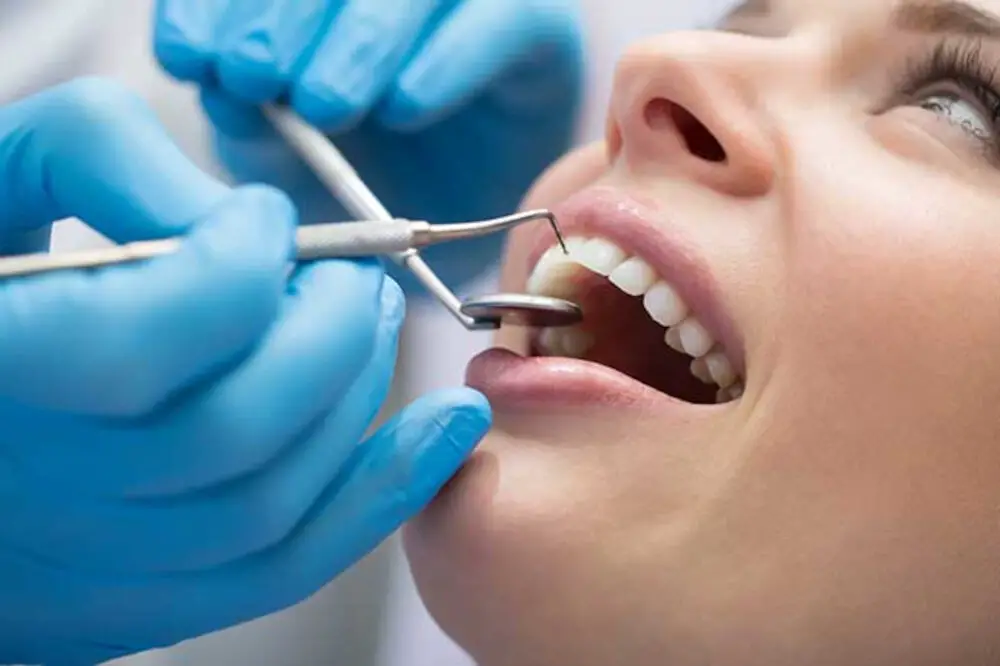
Pain medication and anti-inflammatory drugs are essential for managing pain and reducing swelling after wisdom teeth removal surgery. These types of drugs work by blocking pain signals in the brain and reducing inflammation in the affected area. Common pain medications used after wisdom teeth removal include acetaminophen, ibuprofen, and aspirin. Acetaminophen is a non-steroidal anti-inflammatory drug that is widely used to relieve mild to moderate pain. Ibuprofen and aspirin are also non-steroidal anti-inflammatory drugs that can help reduce swelling, inflammation, and pain. However, aspirin should be avoided in children and teenagers due to the risk of Reye’s syndrome, a rare but potentially life-threatening condition. It is important to follow the instructions provided by your dentist or oral surgeon when taking pain medication and anti-inflammatory drugs. Overuse or misuse of these drugs can lead to serious side effects such as stomach ulcers, bleeding, or liver damage. Furthermore, certain medications such as aspirin can interfere with blood clotting and increase the risk of bleeding after surgery. Therefore, it is essential to inform your dentist or oral surgeon of any medication you are taking and follow their advice on which drugs to avoid before and after surgery.
Pain medication and anti-inflammatory drugs are essential in reducing swelling after wisdom teeth removal. These medications help to reduce the inflammation that occurs in the affected area, which is often responsible for the swelling. Anti-inflammatory drugs work by blocking the production of chemicals called prostaglandins, which are responsible for inflammation. By reducing inflammation, the swelling is reduced, and the pain is also alleviated. Pain medication, on the other hand, helps to manage the pain that may occur as a result of the swelling. These medications work by blocking pain signals from the affected area to the brain, which results in pain relief. Together, pain medication and anti-inflammatory drugs are effective in reducing swelling after wisdom teeth removal.
After wisdom teeth removal, patients may experience swelling, pain, and discomfort, which can be managed through the use of medication. The types of medication that may be prescribed or recommended include pain relievers such as ibuprofen or acetaminophen, which can help alleviate discomfort and reduce swelling. Anti-inflammatory drugs like naproxen or steroids can also help reduce inflammation and swelling. In some cases, antibiotics may be prescribed to prevent infection. It is important to follow the dosage instructions provided by the dentist or physician to ensure safe and effective use of medication.
After a wisdom teeth removal surgery, the dosage and frequency instructions of the prescribed medication should be followed carefully. Pain medication, such as ibuprofen, is typically recommended to manage post-operative pain and swelling. It is important to take the medication as directed by the dentist or oral surgeon, usually every four to six hours as needed. Over-the-counter pain relievers, such as aspirin, should be avoided, as they can increase the risk of bleeding. Additionally, any antibiotics prescribed should be taken as directed to prevent infection. If there are any concerns about the medication or dosages, it is important to contact the dentist or oral surgeon for clarification.
Rest and Elevation

Rest and elevation are essential to reduce swelling after wisdom teeth removal. After surgery, the body needs time to heal. Resting allows the body to focus its energy on healing the affected area. Over-exerting oneself can increase inflammation, which can lead to prolonged recovery time. Therefore, it is important to take it easy and avoid any strenuous activity for at least 2-3 days after the surgery. Additionally, elevating the head is essential to reduce swelling. Keeping the head elevated above the heart helps to improve blood flow and reduce fluid buildup around the surgical site. It is recommended to use an extra pillow or two to elevate the head while sleeping or resting. Rest and elevation also aid in reducing pain after wisdom teeth removal. The body requires rest to produce endorphins, which are natural painkillers. With adequate rest, the body can produce these natural painkillers, which can alleviate pain and discomfort. Additionally, elevating the head can help to reduce pressure around the surgical site, which can also help to alleviate pain. Therefore, it is crucial to prioritize rest and elevation after wisdom teeth removal to reduce swelling and alleviate pain.
After a wisdom teeth extraction, swelling is a common side effect that can cause discomfort and pain. Rest and elevation are effective ways to reduce the swelling and improve the healing process. Resting helps to reduce the blood flow to the area, which in turn decreases inflammation and swelling. Elevation of the affected area helps to increase blood circulation and lymphatic drainage, which aids in the removal of excess fluid and reduces swelling. By combining rest and elevation, patients can improve their comfort level and speed up their recovery time after wisdom teeth removal. It is important to follow these guidelines for the first few days after the procedure to ensure proper healing and minimize discomfort.
Proper rest and head elevation are crucial for a speedy recovery after wisdom teeth removal. It is recommended to avoid physical activity and rest for the first 24-48 hours following the surgery. During this time, it is also important to keep the head elevated with pillows while sleeping or resting to reduce swelling. Elevating the head helps to promote blood circulation and prevent pooling of blood around the surgical site, which can lead to increased swelling. Additionally, using ice packs on the cheeks for 20 minutes at a time can help to reduce swelling and discomfort. Remember to take it easy and prioritize rest during the initial recovery period to ensure a smooth healing process.
After wisdom teeth removal, taking adequate rest and elevating the affected area can help to reduce swelling. The duration and frequency of rest and elevation are crucial to ensure a speedy recovery. It is recommended to rest for at least 24-48 hours after the surgery and avoid any strenuous activity during this period. Additionally, elevating the head with pillows while sleeping and using an ice pack for 20 minutes at a time, with a break of 10 minutes in between, can reduce swelling and discomfort. It is essential to maintain consistent rest and elevation for the first few days after surgery to promote healing and reduce the risk of complications.
Reducing swelling after wisdom teeth removal is crucial for a speedy and comfortable recovery. Swelling is a natural response to trauma, but it can lead to pain, discomfort, and difficulty in opening the mouth. It can also prolong the healing process and increase the risk of infection. Therefore, it is essential to follow effective ways to reduce swelling, such as applying ice packs, keeping the head elevated, and avoiding strenuous activities. Moreover, taking prescribed medications and following post-operative instructions can also help in managing swelling. By reducing swelling, patients can alleviate discomfort and resume their daily activities sooner, leading to a successful recovery.
Swelling after wisdom teeth removal can be quite uncomfortable. Fortunately, there are several effective ways to reduce swelling. Firstly, applying ice to the affected area can help to reduce swelling by constricting blood vessels and reducing inflammation. Secondly, elevating the head while sleeping can also help to reduce swelling by allowing excess fluid to drain away from the affected area. Additionally, taking over-the-counter pain relief medication such as ibuprofen can help to reduce swelling and pain. Lastly, rinsing the mouth with salt water can help to keep the area clean and reduce the risk of infection, which can also contribute to swelling. By following these simple steps, individuals can effectively manage swelling and reduce discomfort after wisdom teeth removal.
If the swelling after wisdom teeth removal persists or worsens after three days, it is important to seek medical attention. This could indicate an infection or other complication that requires prompt treatment. Signs of a potential infection include a fever, severe pain, redness or warmth around the surgical site, and pus or discharge. Delaying medical attention could result in more severe complications or prolonged recovery time. It’s always better to be safe than sorry, so if there is any doubt, contact your oral surgeon or dentist for further evaluation.
Conclusion

In conclusion, managing swelling after wisdom teeth removal is crucial for a speedy recovery. The first 72 hours are the most critical, and applying various effective measures can help reduce swelling and discomfort. These methods include using ice packs, elevating the head, avoiding strenuous physical activity, rinsing with saltwater, and taking prescribed pain medication. It’s important to follow the dentist’s instructions and avoid consuming hard foods or smoking to avoid complications. By implementing these techniques, patients can effectively manage swelling and enjoy a comfortable recovery.
